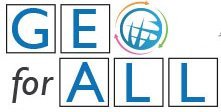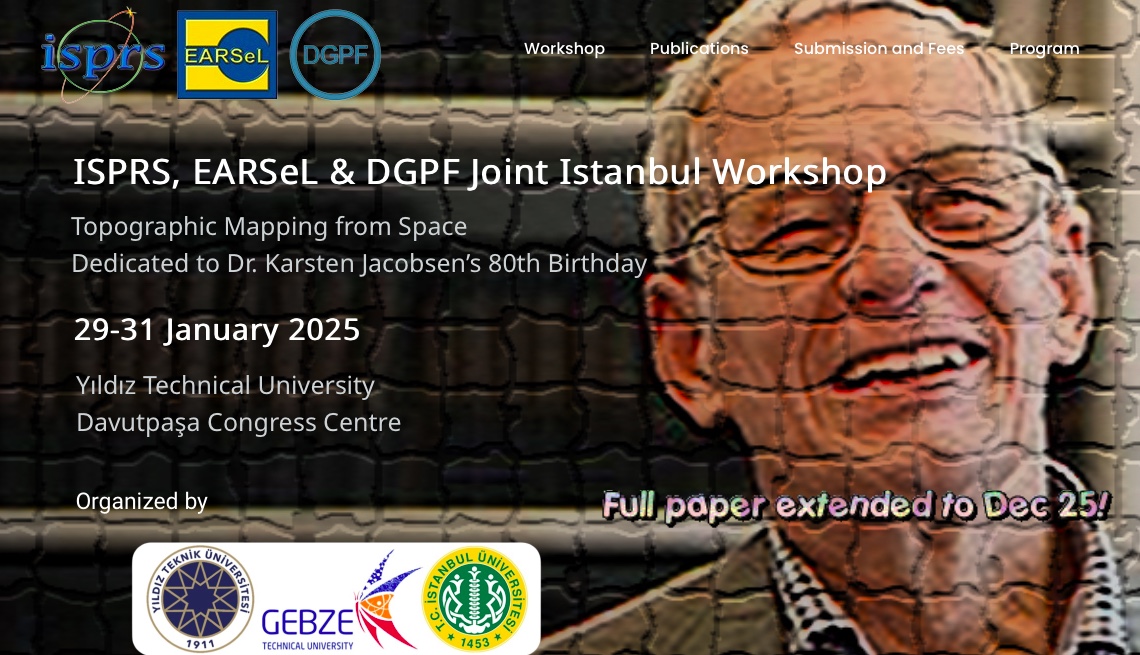Earth imaging from air and space has undergone major changes over the last years. Examples of new and significant developments comprise a growing use of digital aerial cameras, an increasing number of high-resolution and also hyperspectral satellite sensors, of LiDAR/laser scanning, SAR/InSAR and unmanned aerial vehicle (UAV) technologies.
Geometric/radiometric calibration including laboratory (including long-term stability) and in-flight calibration issues are important for every sensor. Direct sensor orientation and correct handling of optical satellite images with/without ground control points (GCPs) are also essential. Based on the determined sensor orientation, the optimal method for generating, analyzing and improving Digital Elevation or Surface Models (DEM/DSMs) can be achieved. Extensive use of global DEMs (ALOS AW3D30, TanDEM-X EDEM, ICESat-2, ASTER GDEM, SRTM, Satellite-Derived-Bathymetry (SDB), Radarsat DEM etc.) is given. In addition, evaluation of large format airborne digital and linear array cameras, LiDAR sensors, cube satellites and UAVs for 3D mapping and ortho-image generation will be in the scope of this event. In addition, evaluation of large format airborne digital and linear arrays cameras, LiDAR sensors, cube satellites and UAVs for 3D mapping and ortho-image generation will be in the scope of this event. Next generation techniques such as virtual and augmented reality, robotic and autonomous mapping will also be included. Last, but not least, we also focus on the new data processing techniques for information extraction, including machine learning and deep learning.
These developments form the background for the ISPRS, EARSeL & DGPF Joint Istanbul Workshop – Topographic Mapping from Space dedicated to Dr. Karsten Jacobsen for his 80th Birthday. As known, Dr. Jacobsen is one of the leading scientists in the field of mapping and a very valuable person known for his human characteristics. He has contributed to the development of researchers from many countries of the world.
Topics:
- 2D and 3D mapping utilizing different space-borne missions and constellations
- Airborne and terrestrial LiDAR applications, LiDAR-Bathymetry and Simultaneous Localization and Mapping (SLAM)
- RGB, Multi-spectral, Hyperspectral, Thermal and LiDAR UAV applications
- Digital Photogrammetric cameras, sensors and stereo-modelling
- InSAR, DInSAR, MT-DInSAR and Radargrammetry applications
- Sensor benchmarking – concepts and examples
- Generation and validation of DEM/DSM/DTM/CHM
- Thematic Mapping by machine learning and deep learning
- Geometric and radiometric calibration of remote sensing data
- Data fusion (space-borne, airborne, and terrestrial)
- 3D city modelling and geospatial databases
- Digital twin applications
- Virtual reality and augmented reality applications
- Utilization of remote sensing data in smart agriculture and forestry
- Cube satellite applications
- Mapping with robotic technologies and autonomous systems




